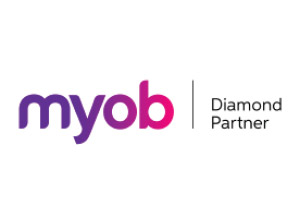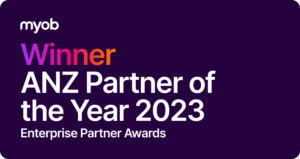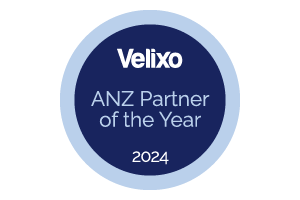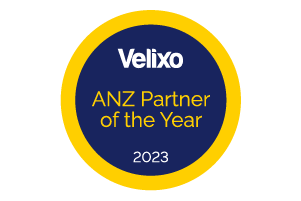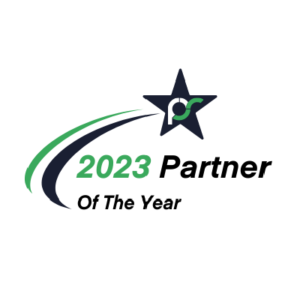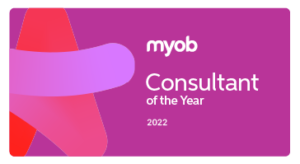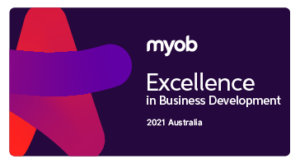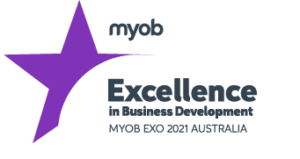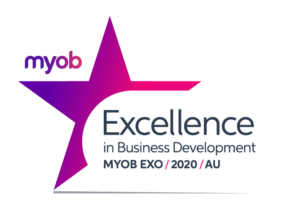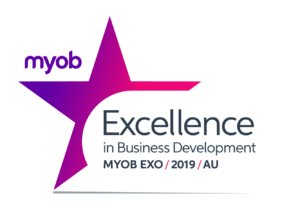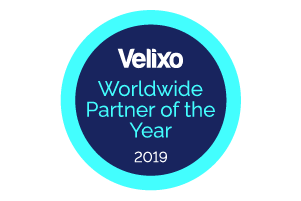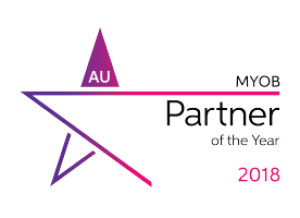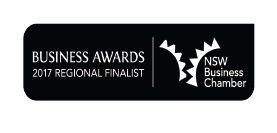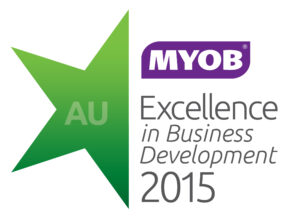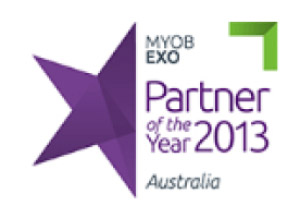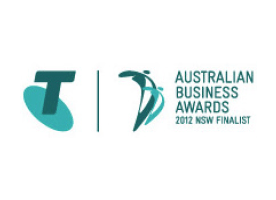What do you want to know about NETSTOCK?
The best of the Q&A from our webinar with NETSTOCKIn December 2020, we held an informative and educational webinar in conjunction with NETSTOCK. The webinar highlighted the benefits of inventory management software. We thought the Q&A section was so helpful for anyone considering using NETSTOCK within their MYOB Enterprise system that we have extracted the best questions and answers for your information. If you want to explore the full webinar, you can find it on our YouTube channel, here.
Can NETSTOCK track items with expiration dates?
Yes, absolutely. This functionality is more relevant for the food and beverage industries; however, the software is capable of monitoring and tracking any items that will go out of date. NETSTOCK requires a custom set of data, where the expiry dates are entered in. It then uses this information to help influence future ordering.
Can you create forecasts that are specific to your customers?
Yes, NETSTOCK is sophisticated enough to do a forecast set to the specific customer. This forecast can then be rolled out to an item level for replenishment purposes. You can also adjust forecasts, get forecasting performance and macro adjustments all at the customer level, and this can flow through to the relevant products.
Can you override the HML classifications?
In the software, you can set the parameters as to how you want our HML classifications (high, medium, and low) to operate. If you want to create an additional classification for the item, then that is a custom procedure that can be created for you. In the software, you decide what inputs you would like to see and what the percentages are that you would like to use. You have the ability to create policy overrides for your business environment. The standard functionality enables you to override the default product classification.
How are the high, medium, and low classified? Is that by cubic size or by quantity counts?
The HML is based on the velocity or movement of the product. If the product is selling a lot of units then it falls into high, a medium number of units into medium and stock that sells very slowly will go into the low category.
If I have multiple suppliers, how do I decide who to order the stock from?
Great question. Generally, we always like to have a preferred vendor as the starting point. The reason for this is that when you are ordering from a vendor, they have different lead times, different quality, or different reliability in terms of how they supply. So, the amount of stock you need to hold needs to be different depending on your preferred vendor. We record all the different vendors, so you can order from whichever vendor you like, but the system will always recommend the preferred vendor. When you are in the replenishment screen you can click the button and say you would like to move an order to a different vendor. Maybe for reasons of costs, or maybe you have a local vendor that can supply quite quickly – even though it may be more expensive, but you really need that emergency order placed. We have that capability as well.
All the stock is consolidated within a container. 100SKUs per container from multiple (say 20) suppliers. Does that generally mean that our lead times are the same, or that the lead time variance will be quite large per supplier?
That is a good point. Generally, what we say is that we try to create a standard state of the lead time per vendor. If everything is going into single containers then it will all arrive at the same point in time, and it will impact all those products if someone is delivering late for that entire range. All we are doing is building up a complete history. As every delivery comes in, we build up that history for each and every item as those container loads arrive.
How do you see the stock turnover ratios within NETSTOCK?
In NETSTOCK everything is in days. Everything is shown to you in days of cover and how it was turning, and everything is against an ideal model. The projection view within NETSTOCK actually shows you the over or stock turns into the future. This is right throughout the software. It always shows you days. You can get any type of report that can use either stock turns or days of cover into the future for all of your products. And you can compare that against the ideal model days as well.
What is the process to connect NETSTOCK into MYOB Exo, and/or Advanced, and what results can we see once we connect the 2 systems?
To connect to MYOB Exo, it’s only a couple of hours of work. And then within a couple of hours what we have pretty much shown you in the demo is available from day one. Then we go through the process of helping you clean the data, setting your inventory policy, and training you on how to use the software. The data is up and flowing very quickly. In terms of MYOB Advanced, it is the same process but takes a little bit longer, probably about 1 day to connect and get the data flowing. We have some pre-built integrations for both and in the case of MYOB Advanced we own both legs, processing the data down and the data backup. In the case of MYOB Exo, we control the extract of data into the software, and Kilimanjaro creates the link to send it back in terms of purchase orders, works orders and transfers.
What are my options to get trained to use NETSTOCK?
Training is the biggest focus of our onboarding project. We have a whole learning management system with a set of pre-recorded videos and e-learning tasks. We have instructor-led training that sits on top of that. There are numerous sessions where we take you through the software, and then we interact with you in the project onboarding. We do a forecast, set inventory policy, and order together with you as part of our onboarding process. The main focus is to help you use the product effectively. There is not much technical training as we have all these prebuilt integrations however if you need any customizations then there will be a bit of additional work around that. Most of the onboarding process is spent on proper training and use of the product.
What is the ballpark pricing?
Unlike other SaaS products, our pricing is based on your inventory value. We do not charge per user. You can have as many users as you like. There are two main charges in our costs: one is an implementation cost to implement and train which is a fixed, one-off fee. Then there is an ongoing monthly subscription fee.
On the lower end, our fee is around $330 per month and about $3700 for the full implementation and training. The upper end is approximately a $10000 implementation fee and $1000 monthly.
That $330 per month is for unlimited users – so if you have 500 users on the software then that is the full cost. Also, what you should be aware of is that the monthly cost covers the support as well. The only time you pay extra is if you want some customisations specific to your environment. If it is a standard implementation, we will support you for as long as you continue to pay the monthly subscription. There’s online support, Zoom support, phone support, email support, and so forth.
With the MYOB Exo integration, where there is an extra integration requirement, and you want to have the work orders or transfers automatically sent into MYOB Exo there is a small percentage fee for the NETSTOCK interface through Kilimanjaro as well which we can discuss in detail.
Does the pricing scale start at $0-$10mil for inventory? What is the minimum inventory level?
The base-level starts at about $500K. Anything between $0 and $500 000 gives us that base level This offers great value for SMB’s to have a powerful tool to help their business grow. Between $0 and $10 million in inventory, value covers the bulk of where our customers sit.
The pricing is dictated by a client’s starting inventory value and from this point the value is irrelevant. The more a client has the more benefit they receive, and the larger companies often have a more complex environment.
We expect our clients to receive 10% – 30% reduced inventory levels if excess stock is a pain point. We also expect an increased fill rate of between 5% and 15%, ensuring you have the right stock levels to service your customers. So, the greater a client’s inventory the greater monetary benefit they receive.
How would changing suppliers for a specific SKU work with respect to forecasting in NETSTOCK?
There are two things to explore here; a forecast is what you expect to sell. So that should not be amended, nor have any impact if you change the vendor. What changing the vendor does has an impact on the amount of inventory you need to hold and how you are going to replenish that because there are different lead times, or different stocking levels etc. If you change the vendor in either Exo or Advanced, it will automatically reflect through to NETSTOCK. NETSTOCK will pick up all the associated parameters related to safety stocks, the lead times etc for that vendor and will automatically adjust the forecast in line with that. It is an automated process as soon as you change the vendor.
If you would like more information on how NETSTOCK can be utilised in your business, send us an email at sales@kilimanjaro-consulting.com or call 1300 857 464 (AU) or 0800 436 774 (NZ). If you would like to watch the full webinar, you can find it on our YouTube channel, here.

